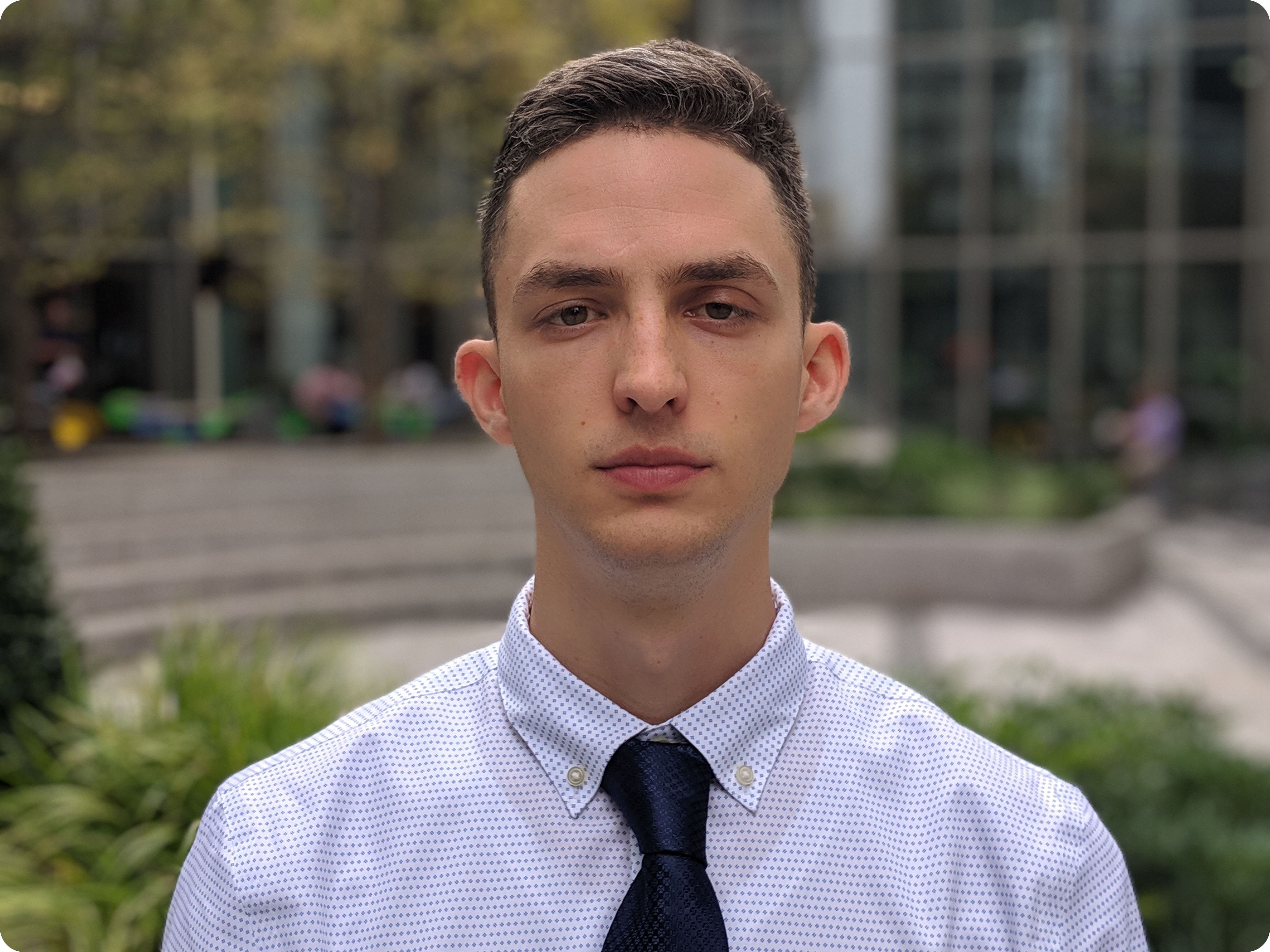I hold a 2019 PhD in Mathematical Sciences from Clemson University, with an emphasis in Statistics. My professional hobbies include coding, modeling, and analyzing complex datasets. Although I apply my current data science skills to solve real-world problems, I find enjoyment in staying current in academic literature. Often I am deriving and coding novel published techniques from scratch, mainly in machine learning models such as neural networks and their different frameworks like regular feed-forward, CNNs, and RNNs. Currently, I am deep diving into large language models, particularly transformers and their generative AI tasked GPT models. I am an avid Python coder, and my full tech stack can be found in my resume, along with my other professional work.
Location
Charlotte, NC
Employment
| Data Scientist @ Teladoc Health | (Apr 2022 — Present) |
| Quantitative Operations Associate @ Bank of America | (Sep 2021 — Apr 2022) |
| Quantitative Finance Analyst @ Bank of America | (Oct 2019 — Sep 2021) |
Resume |
Socials |
Updated: April 2024


